Gardening for Drought: Why People Including Drought-Resistant Plants in Their Gardens
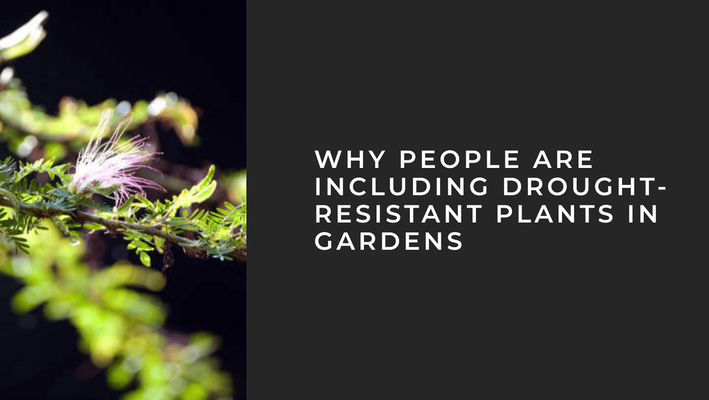
Why People Including Drought-Resistant Plants in Their Gardens
Gardening has always been a fluid practice, adapting and evolving with the changing patterns of our environment. Designers are increasingly turning towards drought-resistant plants, demonstrating a marked preference in their garden schematics and layouts. This isn't just a fleeting trend, but a response to a growing need. The popularity of these resilient plant and tree species is a testament to their ability to withstand hot, drought affected, dry weather, making them a practical choice for our warming suburban gardens.
In the face of climate change, water conservation is no longer just a buzzword. It is an essential practice that is becoming increasingly important in all aspects of life, including gardening. Drought-tolerant plants, due to their inherent ability to survive with minimal water, play a crucial role in this context. They offer an effective way to maintain beautiful, lush landscapes while significantly reducing water usage. This intersection of aesthetic appeal and environmental responsibility is driving more and more designers to incorporate these resilient plants into their blueprints.
Designing a garden with drought-tolerant plants is not only a response to the reality of climate change, but it also opens up a world of exciting gardening opportunities. As we've learned from previous posts, selecting the right plants and understanding their care requirements are key to successful gardening.
Just like we learned about the fascinating once-in-a-lifetime bloom of air plants, drought-tolerant plants have their unique features and behaviors. Some, like certain succulents, can be seen as practically immortal, bouncing back from periods of neglect and lack of water. If you've ever considered yourself a serial plant killer, these resilient plants may be the solution you need.
Of course, even drought-resistant plants require the right soil to thrive. Just like selecting the best soil for flowering plants, considering the soil's drainage properties and nutrient content is crucial when choosing your drought-tolerant plants.
Moreover, these hardy species can bring a unique charm to your garden, making it a delightful backdrop for occasions like flower-themed children's parties. And don't think that drought-tolerant plants limit your creativity - there are plenty of creative planter ideas you can explore to showcase these plants' unique textures and colors.
Beyond outdoor gardening, several drought-tolerant species can thrive indoors. Our comprehensive guide on indoor plant selection and care can be a useful resource in incorporating these resilient species into your interior spaces. Moreover, some drought-tolerant plants like certain succulents are known for their superior CO2-absorbing capabilities, contributing to cleaner air in your home. To learn more about this, check out our post on mastering CO2-absorbing plants.
If you're looking to venture further into the world of unique plants, why not consider the alluring enigma of carnivorous plants? While these plants require a different care approach than drought-tolerant species, they're an exciting addition to any plant collection.
Why Use Drought-Tolerant Plants
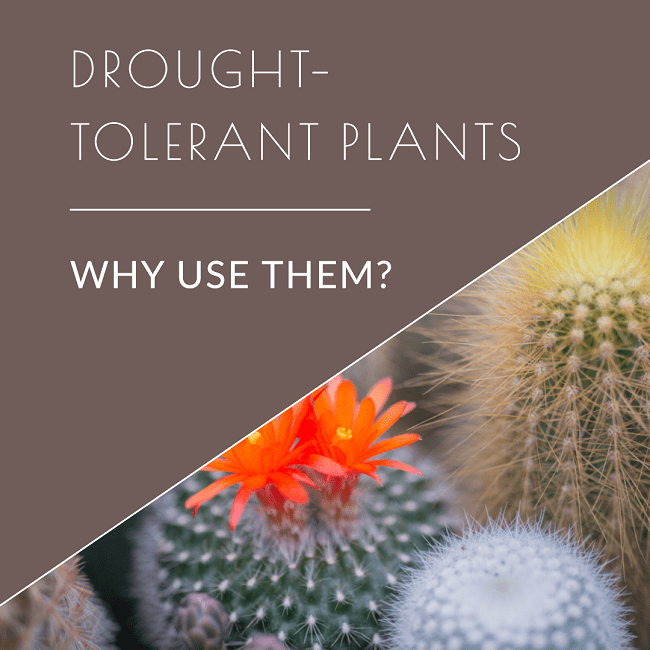
Gardening in arid zones presents a unique set of challenges. The combination of high temperatures, limited rainfall, and often sandy or rocky soil can make it difficult to maintain a vibrant, lush garden. Traditional plants may struggle in these conditions, requiring constant care, significant water use, and potentially expensive soil amendments to survive.
That's where drought-tolerant plants come in - these hardy species offer a perfect blend of creativity and practicality for gardeners in dry climates. They have evolved unique adaptations to survive in low-water environments, making them ideal for arid region gardening. Some of these adaptations include deep root systems that reach far underground to access moisture, small or narrow leaves to reduce water loss through transpiration, and thick, waxy coatings on leaves to prevent evaporation. This ability to survive, and indeed thrive, with less water provides a practical solution to the constraints of arid-zone gardening while opening up a world of aesthetic possibilities. The variety of shapes, colors, and textures of drought-tolerant plants can create a visually stunning landscape that's also environmentally sound.
One of the most significant benefits of using these plants is their water-saving features. Drought-resistant plants typically require far less water than their traditional counterparts, conserving a precious, limited resource. This doesn't just contribute to environmental sustainability; it also results in noticeable savings on water bills. In an era where every drop counts, the use of drought-tolerant plants in your garden is a strategic choice that brings both environmental and economic benefits.
The Incredible Adaptations of Drought-Tolerant Plants
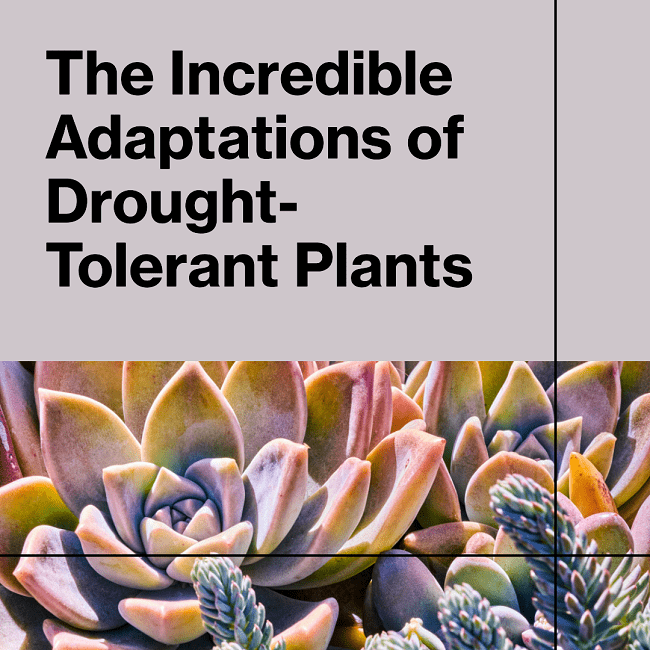
Drought-tolerant plants like Fairy Dusters & Palo Verde Trees (more on them below) have evolved an incredible array of adaptations to survive in arid conditions, each contributing to their resilience and ability to thrive where other plants may struggle. Here are some of the most common and fascinating adaptations you'll find in these hardy species:
- Deep Taproots: Some drought-tolerant plants have developed deep taproot systems. These long, sturdy roots plunge deep into the soil to access water sources that are out of reach for plants with shallower roots. This allows them to draw moisture from deep underground during prolonged dry periods.
- Minimal Foliage: Many drought-tolerant plants have minimal foliage to reduce water loss through transpiration. By limiting the leaf area exposed to the sun, these plants can conserve moisture and remain hydrated even under scorching temperatures.
- Waxy Protective Coatings: Some plants have developed waxy coatings on their leaves. This natural wax layer serves as a protective barrier, helping to prevent moisture loss through evaporation. It also reflects sunlight, reducing leaf temperature and further conserving water.
- Thick Stems and Pads for Moisture Storage: Plants like cacti and succulents store water in their thick stems or pads. This built-in reservoir allows them to survive and continue growing even during prolonged periods of drought.
- Slow Growth Rates: Slower growth rates are another common adaptation of drought-tolerant plants. By growing more slowly, these plants can conserve energy and resources, investing them in survival rather than rapid growth.
Despite these survival-oriented adaptations, drought-tolerant plants are far from monotonous in their appearance. Many of these plants produce spectacular blooms, adding a pop of color to arid landscapes. From the brilliant reds and oranges of certain cacti species to the vibrant purples and blues of water-wise salvias, these plants demonstrate that water conservation doesn't mean sacrificing beauty in your garden.
Examples of Drought-Tolerant Plants
Drought-tolerant plants offer a wealth of choices for creating a vibrant, diverse, and resilient garden in arid climates. Here are a few examples that showcase the variety and versatility of these hardy species:
- Acacia: Known for their delicate, feather-like leaves and bright yellow flowers, Acacia plants are highly adaptable and can thrive even in poor soil conditions. Many species of Acacia are drought-tolerant, making them an excellent choice for arid gardens - these include variations such as Acacia arabica, Babul or Indian gum Arabic, Acacia baileyana, Cootamundra wattle, Acacia catechu, black catechu or catechu tree, Acacia dealbata, silver wattle or mimosa, Acacia farnesiana, sweet acacia or needle bush, Acacia koa, koa, Acacia mangium, mangium, Acacia senegal, gum acacia or gum arabic tree, Acacia tortilis, umbrella thorn acacia, Acacia xanthophloea, and the fever tree.
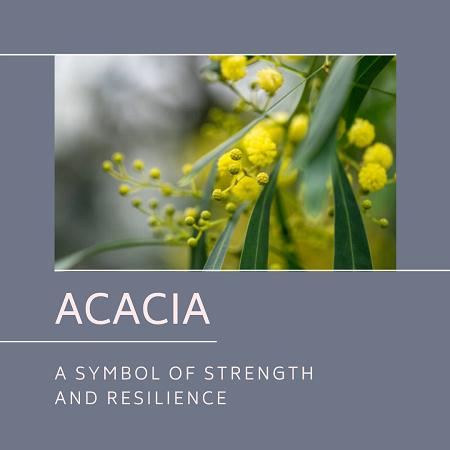
- Palo Verde: Palo Verde trees are a fantastic addition to any drought-resistant garden. Characterized by their green bark, these trees are capable of photosynthesis even when their leaves drop during dry periods. They also produce beautiful yellow flowers in spring.
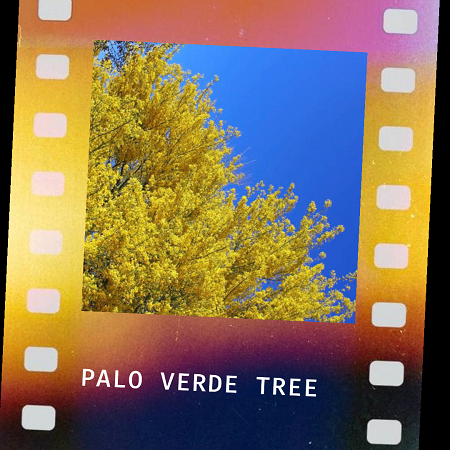
- Mesquite: Mesquite trees have deep taproots, enabling them to access water far below the surface. They are also nitrogen-fixers, which means they improve the soil where they grow. With their feathery leaves and sweet-smelling flowers, they add both beauty and function to a dry garden.
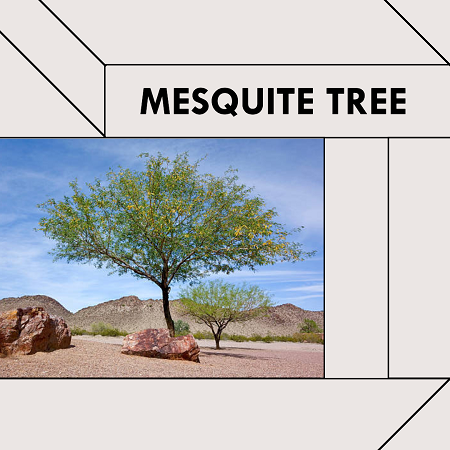
- Ironwood: As its name implies, the Ironwood tree is known for its hard, dense wood. This slow-growing tree is highly drought-tolerant and provides lovely lavender blossoms in the spring.

- Texas Ranger: Also known as Texas Sage, this shrub offers a burst of silver foliage and beautiful purple flowers. The Texas Ranger thrives in full sun and well-drained soil, making it an ideal choice for a drought-tolerant landscape.
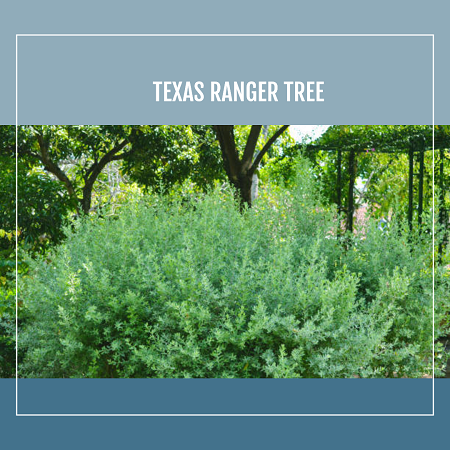
- Fairy Duster: This low-maintenance shrub produces fine, feathery flowers that resemble a duster, giving it its whimsical name. It's a wonderful plant for attracting pollinators and is well-adapted to desert conditions.
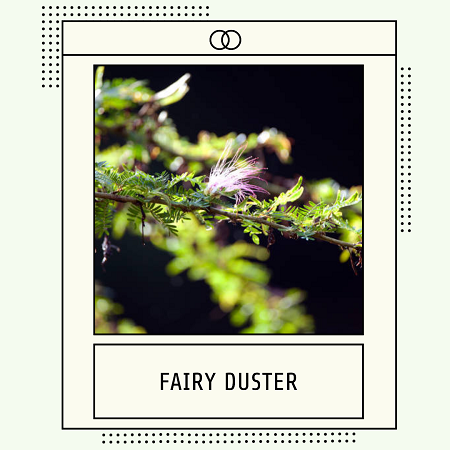
When it comes to adding variety to a dry garden, succulents and cacti are excellent options. These plants store water in their leaves, stems, or roots, enabling them to survive long periods without rainfall. They also come in a variety of shapes, sizes, and colors, adding unique textures and visual interest to a garden.
For an arid garden with more dimension and height, consider incorporating plants such as Yucca, Agave, or the iconic Joshua Tree. These plants offer striking architectural forms and can serve as focal points in your landscape. They also bring an added level of drought-tolerance, with their thick leaves and water-storing capabilities.
We understand that selecting the right drought-tolerant plants for your garden can seem daunting given the variety of options. That's why at Lily's Florist, we provide a carefully curated selection of resilient and attractive plants suitable for different environments. Whether you're looking for sturdy succulents that can thrive even with minimal attention, or lush, vibrant flowering plants that are designed to persevere in dry conditions, we have you covered. Our collection includes an extensive range of choices that not only require less water but are also strikingly beautiful. Adding these plants to your garden will ensure a captivating and sustainable landscape that can weather the challenges of a changing climate. Below is a hand-selected showcase of our drought-resistant plants, to view our entire range of plants click here.
How to Design Your Garden with Drought-Tolerant Plants
Designing a garden with drought-tolerant plants in arid zones can be a rewarding endeavor, allowing you to create a visually appealing and sustainable landscape. Here are some considerations to keep in mind:
- Selecting suitable plants: Start by researching drought-tolerant plants suitable for your specific region. Consider the unique needs and adaptations of each plant species. Some plants may require well-drained soil, while others might tolerate a range of soil types. Understanding these requirements will help you choose plants that will thrive in your specific garden conditions.
- Soil type: The type of soil in your garden plays a crucial role in determining which plants will thrive. Some drought-tolerant plants, such as succulents and cacti, prefer sandy, well-drained soil, while others, like certain species of Acacia and Mesquite, can tolerate heavier clay soils.
- Light conditions: Consider the amount of sunlight your garden receives. Full sun, partial shade, or full shade areas will dictate which plants will thrive. Most drought-tolerant plants require full sun, but there are species that can tolerate or even prefer partial shade.
- Mature size of plants: When designing your garden, consider the mature size of the plants. This will help you to plan the space appropriately, ensuring that the plants have sufficient room to grow without crowding each other.
Different types of plants serve different purposes in a garden and understanding these can help you make the most of your landscape. For instance:
- Low-growing plants: These can be ideal for containers or rockeries. They require minimal maintenance and can add color and texture to these smaller spaces. Plants like the Fairy Duster and certain species of succulents are excellent choices.
- Succulents: These can be used to fill gaps between paving stones, adding a touch of greenery and interest to your pathways. They can also be used in vertical garden installations due to their shallow root systems and low water requirements.
- Trees: Trees such as Palo Verde, Mesquite, and Ironwood provide height and can create privacy. They can also provide much-needed shade in arid climates, helping to cool the surrounding area and creating microclimates where other, less sun-tolerant plants can thrive.
Designing your garden with drought-tolerant plants allows you to create a landscape that is both beautiful and environmentally friendly. By choosing the right plants and understanding their needs, you can create a garden that thrives in arid conditions while also contributing to water conservation efforts.
Summing Up...
In the face of changing climates and increasing water scarcity, the inclusion of drought-resistant plants in garden design has never been more crucial. These resilient plants offer a host of benefits, from the practical to the aesthetic.
Drought-tolerant plants tackle the unique challenges of arid zone gardening head-on, providing a blend of creativity and practicality that is hard to match. Their unique adaptations, such as deep taproots, minimal foliage, waxy leaf coatings, and slow growth rates, not only allow them to thrive in hot, dry conditions but also make them an exciting addition to any garden. They come in a diverse range of colors, sizes, and forms, with some boasting spectacular blooms that can rival those of more water-intensive plants.
Choosing drought-tolerant plants is an effective way to conserve water, a precious resource that is becoming increasingly scarce. Additionally, these plants can help gardeners save on water bills without compromising on a lush and vibrant garden.
Whether you choose Acacia, Palo Verde, Mesquite, Ironwood, Texas Ranger, Fairy Duster, or an array of succulents and cacti, these plants bring resilience, beauty, and sustainability to your garden. They add variety and interest to an arid garden, serving various functions from providing privacy with taller trees to filling smaller spaces with low-growing plants.
Designing a garden with drought-tolerant plants is a process that requires careful consideration of various factors such as soil type, light conditions, and the mature size of plants. However, the rewards of creating a sustainable, water-efficient garden that thrives in arid conditions are worth the effort.
Lily's Florist encourages all gardeners, whether novices or veterans, to consider drought-tolerant plants for their gardening needs. They offer an exciting opportunity to create beautiful, resilient, and environmentally friendly gardens that will thrive even under challenging conditions. Embrace these hardy plants and contribute to a greener, more sustainable future.
